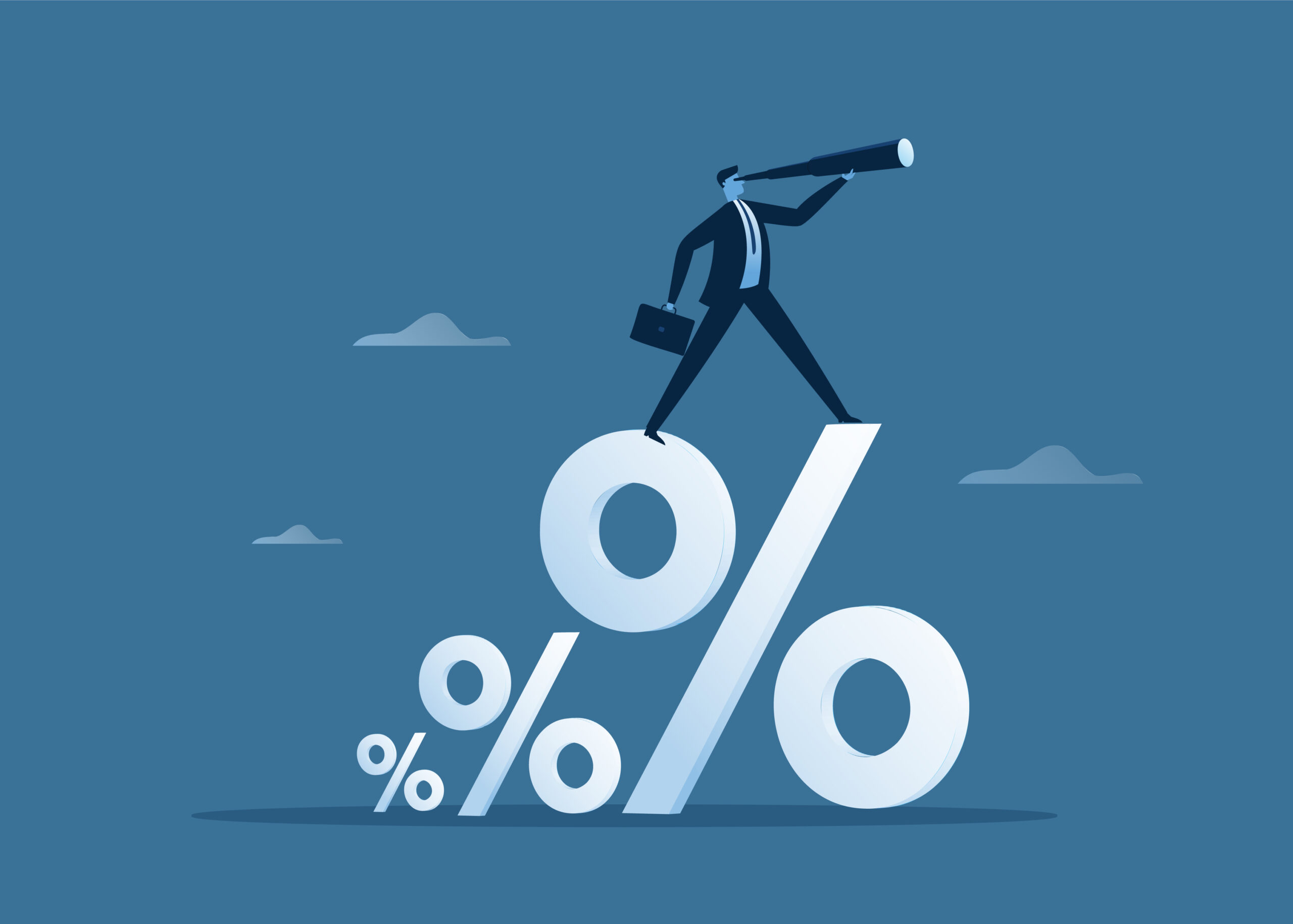Recently, a number of folks have asked me: So… we know you’re a pretty optimistic person. But what’s the most bearish or worst-case scenario for the stock market right now? There is a lot of bad news despite the media attempting to paint things in a good light.
In truth, you have to balance being optimistic with being realistic. I’m a long-term optimist with an understanding that things can and will get really bad on occasion. See history.
It’s just how things work when humans are involved. We could dwell on hyperinflation, or the collapse of the dollar, or an alien invasion (highly unlikely unless we’re talking about our southern border – different topic), but let’s stick to the more realistic scenarios for the current market environment.
The biggest risk right now is a policy error by the Fed or other central banks. This one also has the highest probability of occurring given what we’ve seen thus far.
The chance that Jerome Powell is just misreading the economic data is not likely. (By the way, Powell is an attorney who became an investment banker. Business and economics are not his forte.) The Fed has been getting slammed by the financial media and various punditry for months now on how they’ve missed the boat on the inflationary spike and didn’t do something about it sooner.
There’s a real possibility they’ll overcorrect in the opposite direction and attempt to prove their credibility. Short term stimulation happens when the Fed floods the system with dollars in an attempt to keep financial markets afloat. More money chasing fewer goods is the very definition of an inflationary event. There’s no evidence that the current crew knows what they’re doing when it comes to hitting the brakes and slowing things down. (More on this in a moment.)
What goes hand in hand with a policy error would be if interest rates and inflation keep rising or inflation simply stay elevated. The inflation print today came in stronger than expected.
All else being equal, the stock market tends to see above-average returns when inflation is low and/or falling, and below-average returns when inflation is high and/or rising.
Sticky high inflation would likely be a bad thing because the Fed would be tempted to hike interest rates more aggressively. The other risk is something that comes out of left field and spooks investors.
During a bull market they say stocks climb a wall of worry. It’s much easier to shake things off when stocks are already going up and people aren’t panicking.
But…in the midst of a bear market, investors are on edge just looking for another reason to sell. It doesn’t take much to make investors panic in the midst of a panic.
Remember the 2000-2002 bear market? The high point in 1999 through the crash before 9/11, the S&P 500 was down more than 28%. Stocks fell an additional 33% from 9/11 until the bottom in late 2002.
The point here: stocks were in a slide to the bottom and then more bad news came.
What would it take to stop inflation from getting worse? Because there is a way to do it… if only the administration had the know-how or would listen to someone who does. We’ve been down this road before. There are real economic actions that can be taken to immediately start turning the ship.
One of the smartest guys in economics – Dr. Art Laffer – can explain this in very simple, easy to understand terms. I’m sharing this interview with him because it’s interesting and he does a great job of addressing many of the questions people wonder about when the economy turns south.
Policies – monetary and fiscal – matter more to your day-to-day life than you may realise.
Even though it’s 30 minutes, you only need listen to about the first 10 to get the explanation. It is well worth your time.





